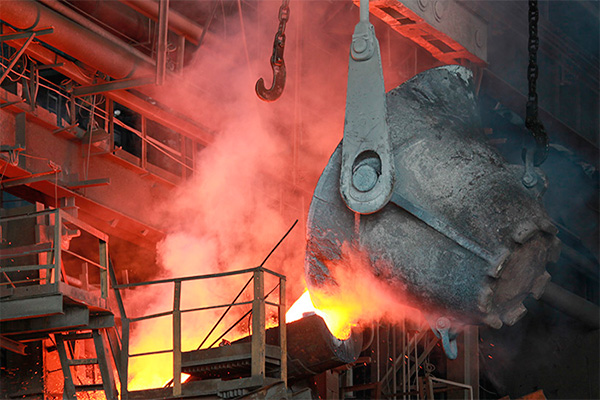
Uzbekistan’s Industrial Output Rises by 6.8% in January–September 2025
Uzbekistan’s Industrial Output Rises by 6.8% in January–September 2025
Tashkent, Uzbekistan (UzDaily.com) — In January–September 2025, enterprises in Uzbekistan produced industrial goods worth 773.8 trillion soums, up 6.8% compared to the same period of the previous year, according to the National Statistics Committee.
As of 1 October 2025, the country had 57,800 industrial enterprises. The largest numbers operated in the production of food products (11,500 or 20.0%), other non-metallic mineral products (8,200 or 14.1%), clothing (5,800 or 9.9%), fabricated metal products (4,700 or 8.1%), furniture (4,000 or 6.9%), textiles (3,600 or 6.2%), and rubber and plastic products (2,700 or 4.7%).
Industrial output per capita averaged 20.5 million soums nationwide. Above-average levels were recorded in Navoi region (124.6 million soums), Tashkent city (47.4 million), Tashkent region (37.9 million), and Andijan region (21.1 million).
The industrial output growth rate per capita reached 104.8% nationwide, while Jizzakh (111.9%), Navoi (106.6%), and Khorezm (106.8%) regions exceeded the national average.
The structure of industrial production during the period was dominated by the manufacturing sector, accounting for 661.7 trillion soums (85.5%). Mining and quarrying contributed 56.9 trillion soums (7.3%), electricity, gas, steam, and air conditioning supply — 50.8 trillion soums (6.6%), and water supply, waste management, and recycling — 4.4 trillion soums (0.6%).
Between January and September 2025, Uzbekistan produced 32.2 billion m³ of natural gas, 490,100 tonnes of oil, 5.6 million tonnes of coal, 884,500 tonnes of gasoline, 875,200 tonnes of diesel fuel, 15.3 million tonnes of Portland cement, 456,200 tonnes of yarn, and 909,500 tonnes of wheat flour.
Within the manufacturing sector, the largest shares belonged to food, beverages and tobacco products (19.5%), textiles, apparel, leather and related products (15.6%), metal products and equipment including motor vehicles (18.5%), and chemical, rubber and plastic products (7.1%).
By technological classification, high-tech industries accounted for 1.1%, medium-high-tech — 19.8%, medium-low-tech — 39.5%, and low-tech — 39.6% of total manufacturing.
During the reporting period, electricity generation increased by 3.8% year-on-year, while heat production by large enterprises declined to 88.2% of last year’s level. The volume of textile waste increased by 48.7%, wastewater treatment and transportation services — by 12.1%, and septic and sludge treatment services — by 1.7%.